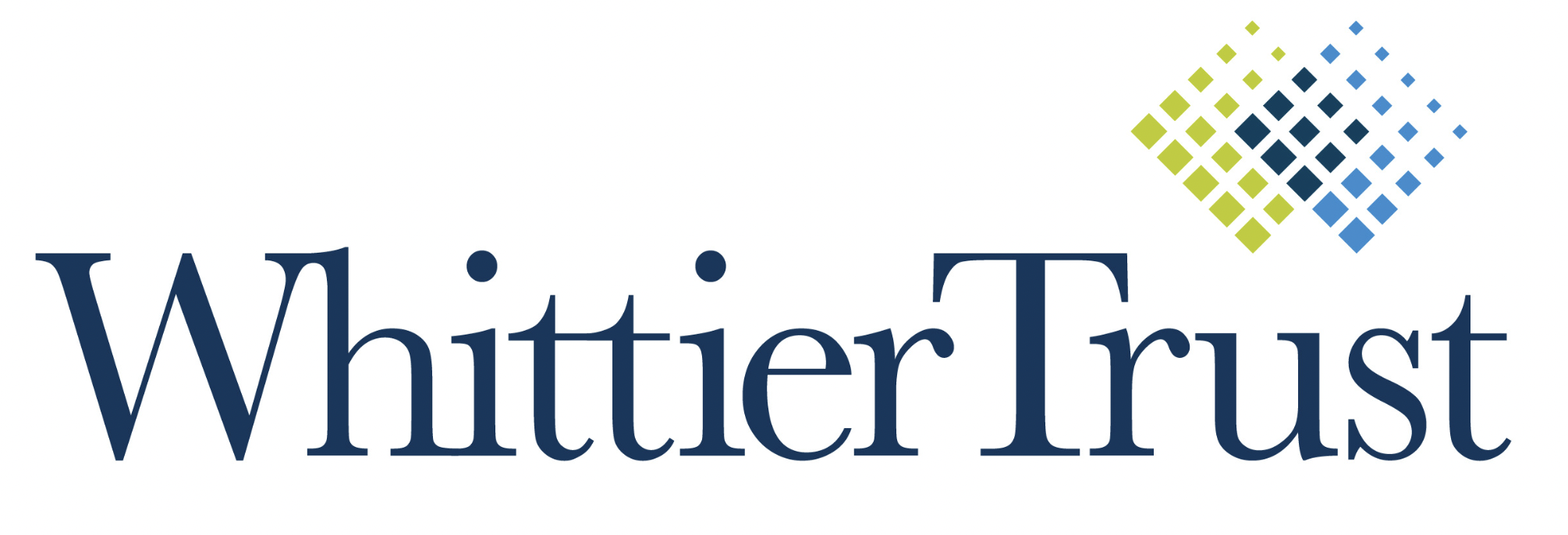How Whittier Trust’s real estate expertise can ensure your real estate investment performs at its peak potential
Three siblings inherited a multi-tenant commercial industrial property that was located in an upscale area a few blocks from the ocean in Northern California. The asset was considered a prime piece of real estate, which produced more than $100,000 in passive income per month. Sounds great, right?
When the Whittier Trust real estate team began working with the siblings, they discovered that, while the balance sheet looked healthy, rent collections from the fully occupied building were nearly 20% below the market rate for the area. It may seem counterintuitive, but a fully occupied real estate investment with below-market rents can ultimately hurt your bottom line.
“We knew we had to create a strategy that would usher in market-rate rents, while preserving the consistent income our clients relied on and expected,” explains Jorge Ramos, Real Estate Vice President at Whittier Trust. Here are a few of the smart strategies and factors a savvy real estate portfolio manager will evaluate to ensure clients obtain the best return on their investment.
Know the Market
“As a real estate fiduciary, we see this often: our clients inherit income-producing assets, but the beneficiaries may not be well-versed with the nuances of overseeing real estate,” Ramos says. “The portfolio may be located in a highly sought-after market, but the beneficiaries may not be familiar with the location, market rents or even local city ordinances that may impact future development.” That can mean that the new owners don’t have an evidence-based sense of what the property is worth, how much rent should be (particularly if tenants have long-term leases) and what improvements need to be made to keep the property competitive.
“We start to understand our clients’ real estate holdings by evaluating the market in order to maximize profitability,” Ramos explains. The Whittier Trust team also spends time with clients to address their concerns and financial needs before recommending any changes to the overall management plan.
Make Incremental Adjustments
When tenants have long-term leases, it’s impossible to change lease terms mid-stream. It’s also difficult to bring significantly below-market rents up to the market level all at once—in our California example, 20% more in rent per month. Such a large increase will likely induce serious sticker shock on the part of the tenant. Instead, it can be a smart strategy to make smaller incremental increases over time—which are easier for many tenants to swallow but can still induce some to look elsewhere.
Whittier chose this approach in the example of the Northern California siblings. Approximately one-fifth of tenants chose to vacate the property when the rents were raised by 3 to 5% during the renewal period. While this did cause a dip in the monthly income generated by the property, it also created an opportunity to freshen the vacant spaces and raise rents by a larger percentage to bring them more in line with the market as new tenants signed on. “In a strong market, owners can maximize revenue as units turn and you experience a significant increase in rent collections from new tenants and leases,” Ramos says. Those new tenants with higher rents proved more profitable in the long run.
Manage Wisely
In some instances, a property may be underperforming as a result of lax oversight on the part of the hired property management group or because of an owner who has too much else on their plate to be vigilant. Perhaps they’re not being as diligent as they should be about day-to-day maintenance, or are less-than-responsive on tenant-related issues. These seemingly small infractions can have an impact on the overall satisfaction of existing tenants and a future impact on the building’s reputation in the community when it’s time to fill a vacancy. “When our team of real estate professionals conduct a due diligence review, we’re looking at every detail to make sure the investments are well-preserved and their value is appreciating,” says Ramos, whose team at Whittier Trust handles the portfolio and advisory side of things, rather than tasks on-site. If the existing management is a risk rather than an asset, it might be time to upgrade or search for a different company to handle the day-to-day administration of the property.
Know When to Make a Change
While it’s rare that a well performing property turns into a liability—particularly when maintained commercial real estate tends to appreciate and residential occupancy rates in urban areas remain high—sometimes divesting of a property can be a smart strategy. “In those uncommon instances, we look at all options for our clients,” Ramos explains.
If a client wanted to divest themselves of a poorly performing asset, an advisor might recommend a 1031 exchange—particularly if the client wants to retain regular cash flow from real estate investments. A 1031 is essentially a swap of one real estate investment property for another, deferring costly capital gains taxes.
Regardless of the nuances of each client’s portfolio, the real estate asset management team at Whittier Trust is ready to explore any and all options to obtain the best outcome. “We look at every possible opportunity to maximize their investment returns, analyze their portfolio, minimize stress and achieve their overall goals,” Ramos says.
